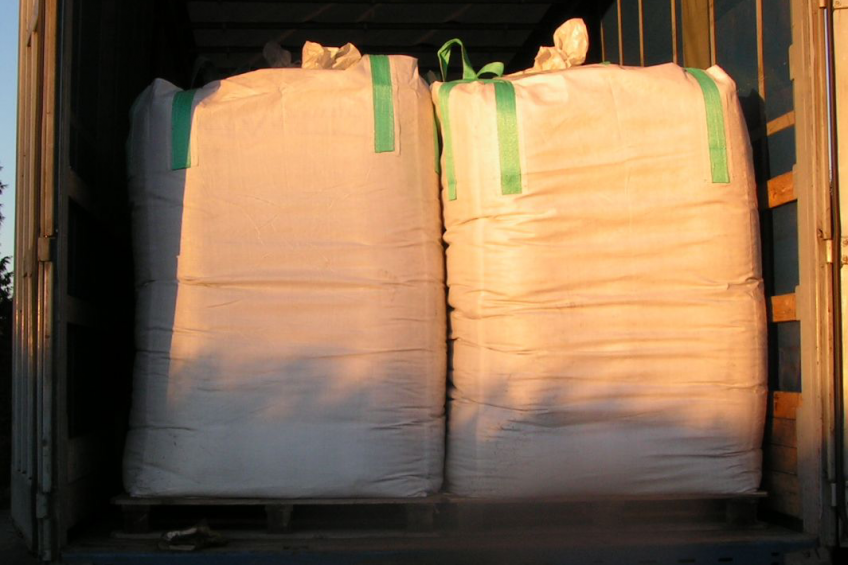PEDv likely came into the US with tote bags

The usage of so-called ‘tote bags’ are most likely the cause of the introduction and rapid wide spread of Porcine Epidemic Diarrhoea virus (PEDv) into the United States.
This was the outcome of a Root Cause Investigation Report, released by the United States Department of Agriculture (USDA)’s Animal and Plant Health Inspection Services.
PED is an alphacoronavirus which caused the death of between 8 and 10 million piglets since May 2013 in the United States alone. Newborn pigs usually die within 5 days due to a combination of severe diarrhoea and dehydration. The US pig industry simultaneously also suffered from porcine deltacoronavirus (PDCoV) which is slightly less catastrophic.
Flexible Intermediate Bulk Containers
Tote bags are also known as Flexible Intermediate Bulk Containers (FIBC). The report describes FIBCs as being “commonly used to transport many types of material including sand for flood control, soybeans, pet treats, or almost any kind of bulk material including pig feed. The FIBCs come in various sizes, usually with 1,000 to 3,000 pound capacity, and are designed to be reused.”
The authors of the report state: “Several of the farm investigations as well as an early case-control study suggested feed or feed delivery as the source of the outbreak; however, there were no common feed manufacturers, products, or ingredients in the initially infected herds. In addition to meeting the investigation criteria, the contaminated FIBC scenario explains the apparent anomalous association of the epidemic to feed.”
Exposure to irrigation, fertiliser, birds
The scenario that appeared most likely to APHIS researchers comes down to some of the tote bags having been infected in the country of origin (likely to be China). This could have been through exposure to irrigation, flood waters containing organic fertiliser, organically grown soybeans, birds or other products and uses.
When having arrived in the US, these bags might have been reused for bulk feed ingredients.
Recommendation for future contaminations
The report (which can also be downloaded at the bottom of this article) therefore closes off with a recommendation how to avoid future contaminations through FIBC in the future: “If the fomite moving the virus is indeed the FIBC, not reusing or sanitary management prior to reusing the bags could be an effective intervention. Further study is necessary to identify cleaning and disinfection procedures that might be appropriate, but the answer could be as simple as not reusing the bags or yet to be determined disinfection procedures such as dry heat prior to reusing the containers.”











